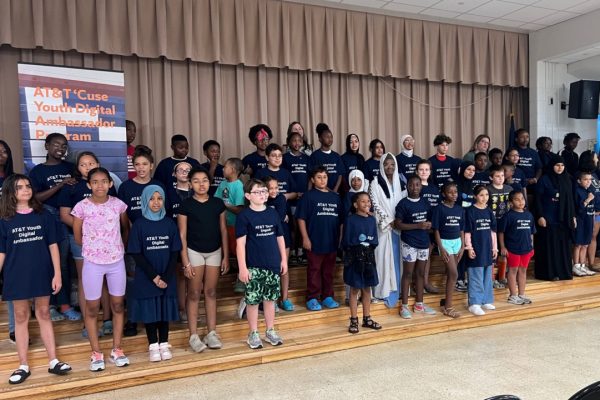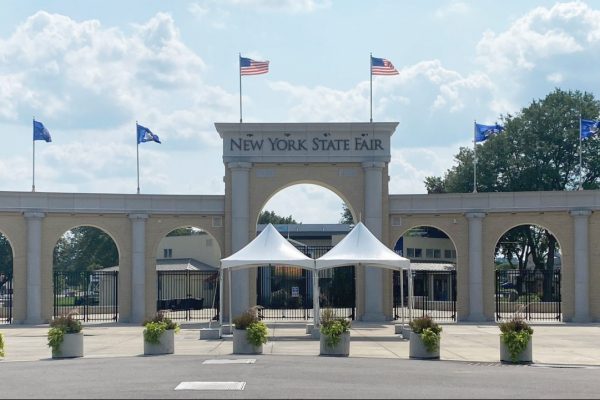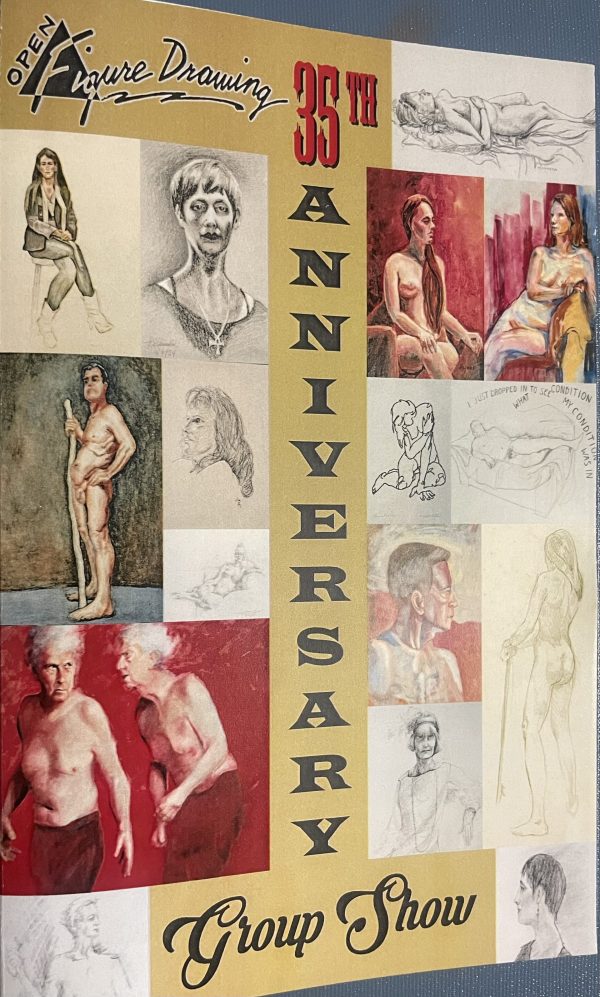
NEW YORK CITY (NCC News) — One in a hundred people in New York City are experiencing homelessness right now. The COVID-19 pandemic has left an ever-growing number of people without a home in New York City. Nationwide, the country has seen more people evicted and forced out of their homes the past two years because of the pandemic. New York City is no exception. The Hungry Monk, a non-profit in the city , has fed those in need since 2017.
Father Mike Lopez, the executive director of the program, says the outreach expanded during the pandemic like never before. “We see the same faces for the past 20 months. the need is actually still here and super real,” Lopez said. “Operation of volunteers driving and delivering meals to people who were shut in because they have COVID. We really went from a 200 family-a-week to 10,000 family-a-week operation in a matter of a month.”
However, the organization’s main focus is feeding the homeless. 70,000 people are now with no home in the city. 5,000 of them experience homelessness out on the street with nowhere to go.“Everybody jokes like I’m the dad and everybody’s my kids. And I feel that way. I think about both of the people that come on the pantry line and the people who volunteer here. We have about 150 volunteers or so. They belong to me, and I have to be here for them, so I’m still here,” Father Mike said.
The non-profit employs people who are homeless themselves, like Aaron Jiove. He’s been on the streets for 11 years. “Being outside and not being able to go inside whenever you want to,” Jiove said. “Having to beg for money everyday.” Jiove said having a place like the HungryMonk has helped him tremendously. “It’s way more helpful to me honestly,” Jiove said. “Because everything else is more of a process. You got to wait, and wait, and wait. Here, you come here, get food. You gotta wait for nothing here.”
The HungryMonk fed close to 10,000 weekly during the worst of the pandemic. Now that number sits at 2,000 per week. The Department of Homeless Services in New York City also provides city-services that are aimed to help the homeless. “[We] expanded size of outreach teams, new cites and new tools, we have helped more than 4200 New Yorkers who are living unsheltered come in off the streets,” Isaac McGinnin, a spokesperson from the Homeless Services in New York City said.
The assistance to the homeless in New York is a team effort. The city depends on the non-profits to provide help to those the city can’t reach.“Our relationship with not for profits is vast and vital and only sort-of together are we addressing the problem of homelessness,” McGinnin said. “They have been sort of incubators for innovative ideas over the past several decades.”
Father Mike Lopez from the HungryMonk knows there is only so much the city itself can do for those people. “So we’re really proud of how we do it, I wish the city would listen to us and let us take on the entirety of the street homeless in New York City,” Lopez said. “Unfortunately, they think they have the best answers, but looking at their statistics, they just don’t.”
“The help the city provides is often avoided by those living on the streets. Retired N.Y.P.D. officer Mary Donnelly saw this during her 20 years in the service. Many homeless people refuse any of the help offered by the city, out of fear. “I had many of contacts with homeless people throughout the years. And 99.9% of the time you ask them if they want help or to go to a shelter, they say no,” Donnelly said. “They think the shelter is too dangerous and most of the times it is.”
After working and growing up in the city, Donnelly’s seen a drastic increase in the amount of homeless people lining the streets.“It’s heart-breaking because it could be you. It could be your kid. It could be your family. So, I always took the approach of that could be someone I know, or someone in my family and I would want somebody to help them.”
Even though there are so many people left without homes right now, Father Mike from the HungryMonk said, “If everybody was focused on taking care of the people around them on a hyperlocal level, then we would be okay.”
Many people don’t want to think about the homeless. They actively try to avoid them while walking the streets. So a community solution doesn’t seem likely. Studies showed people without homes die 30 years sooner than people with housing, and they are 3-4 times likelier to die.
For now, the city continues to reach out to help as many of the homeless as it can, and nonprofits extend their reach to the homeless even further, because they each believe that no one should live, or die, homeless.




